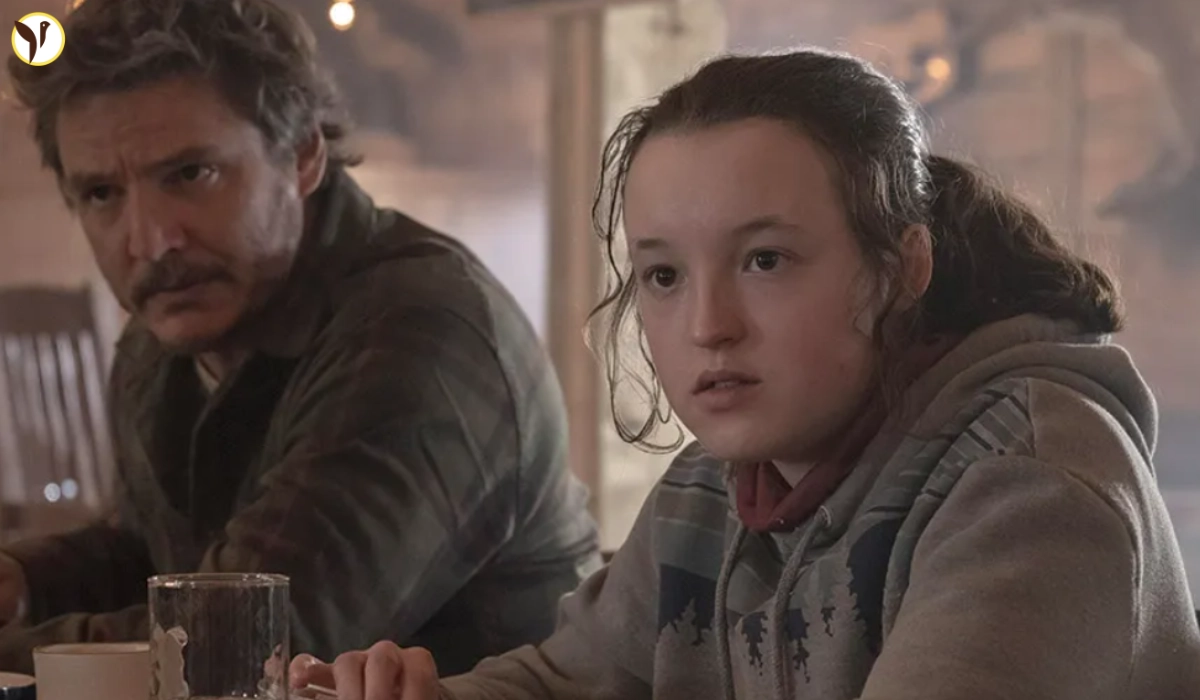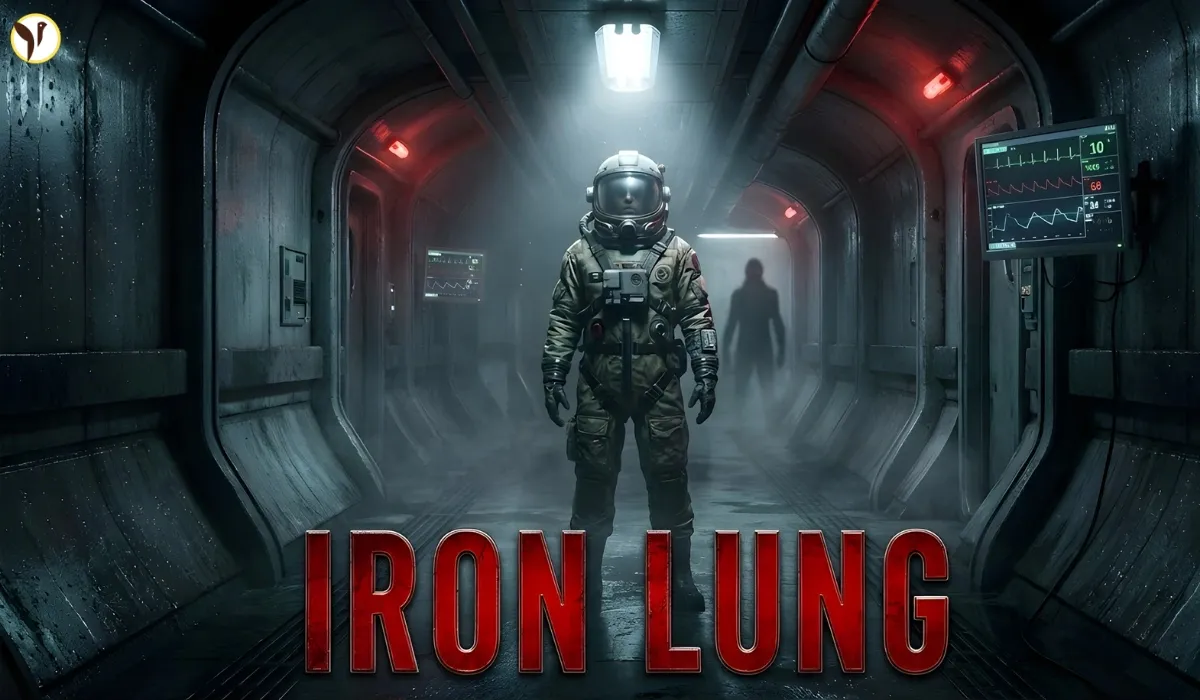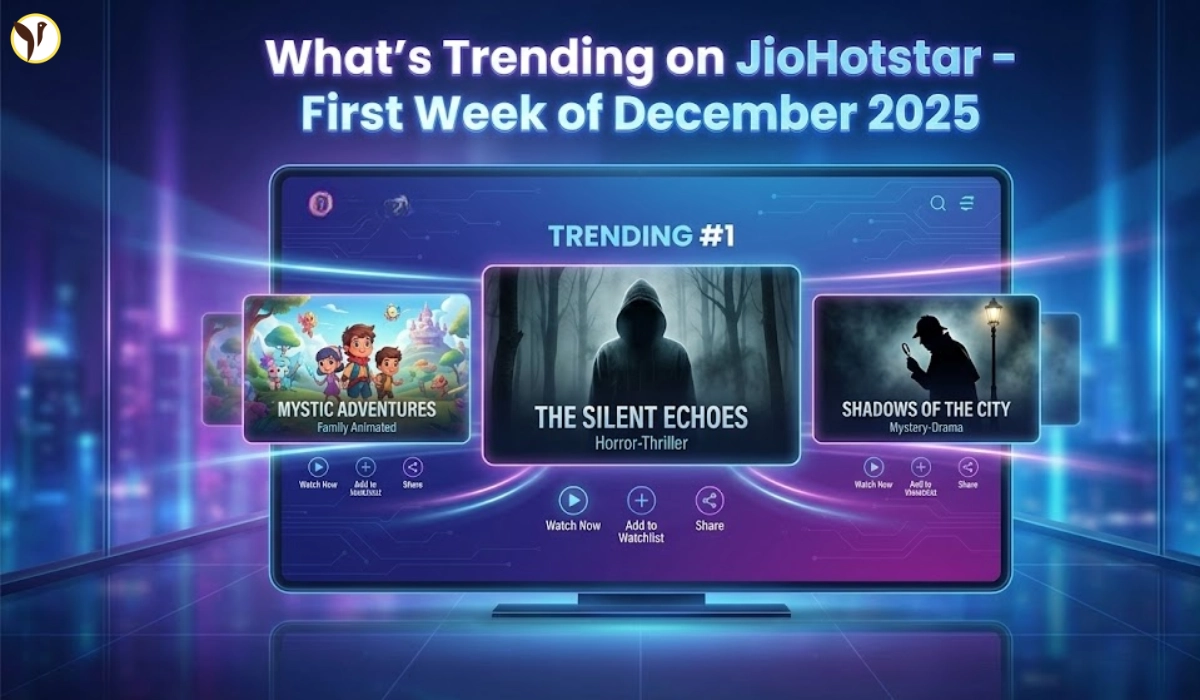Capitol Hill: From HBO's Apocalypse to Real-World Drama
So, you've been binge-watching The Last of Us, right? That crazy apocalyptic vision of Seattle’s Capitol Hill, all rainbows and ruins? Yeah, it’s a wild ride. But get this – the real Capitol Hill has its own brand of drama, and it's often just as intense (though thankfully, less zombie-infested).
A Fictional Hill, A Real Story
HBO's take on our beloved Hill – filmed, funnily enough, in Nanaimo, British Columbia – is visually striking. Think crumbling buildings draped in tattered Pride flags, abandoned light rail trains swarming with the infected, and warring factions battling for scraps. It’s visually stunning, but also... oddly relatable?
The show's depiction of the Washington Liberation Front (WLF) clashes with the Scars felt, to me at least, a bit too close to some of the more intense moments during Seattle's 2020 Capitol Hill Occupied Protest. Remember all that? The confrontations between protesters and law enforcement? It's unsettling how similar some of those scenes look. And the show’s whole vibe? It definitely reflects a certain political climate, don't you think?
- The Pinnacle (Paramount Theatre): Used as a key location in the show, showcasing the resilience (and danger) of this iconic Seattle landmark.
- Light Rail Mayhem: The show's depiction of zombie encounters in the abandoned light rail system is...well, let's just say it's imaginative.
- Rainbow Ruins: The show uses the vibrant colors of Pride flags to highlight the irony of a beautiful symbol amidst utter destruction. A powerful image.
From Fictional Fungi to Real-World Funding Fights
Meanwhile, across the country, the real-life drama unfolding at state capitols is equally compelling. Take Connecticut, for instance. Teachers recently staged a sit-in at the state capitol in Hartford to protest chronic underfunding of public schools. Seriously, these educators were risking arrest to fight for better resources for their students.
Connecticut Teachers Take a Stand
The protest was part of a larger campaign pushing for increased per-pupil funding and better support for special education. Fund our schools! was their rallying cry. And boy, was it loud.
The teachers' demands are not unreasonable. Decades of underfunding have created a crisis. They're not just asking for more money; they're fighting to prevent teacher layoffs and maintain class sizes that allow for effective teaching. They’re fighting for our kids' future.
This situation highlights a critical point: while The Last of Us presents a fictional apocalypse, the challenges facing our communities — whether it's political division or underfunded schools — are very real. And the people fighting for change? They're just as courageous as any post-apocalyptic survivor.
What's Next?
The final episode of The Last of Us airs this weekend. But the real-world battles continue. Stay informed, stay engaged, and maybe, just maybe, let's all try to be a little more optimistic than those fictional, rainbow-flag-loving survivors. We need it.









